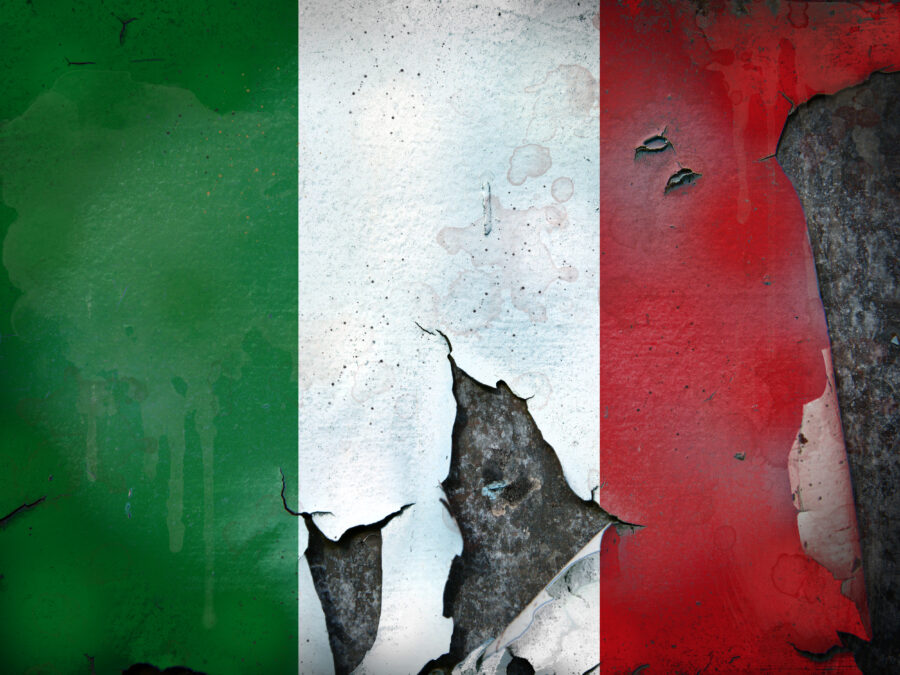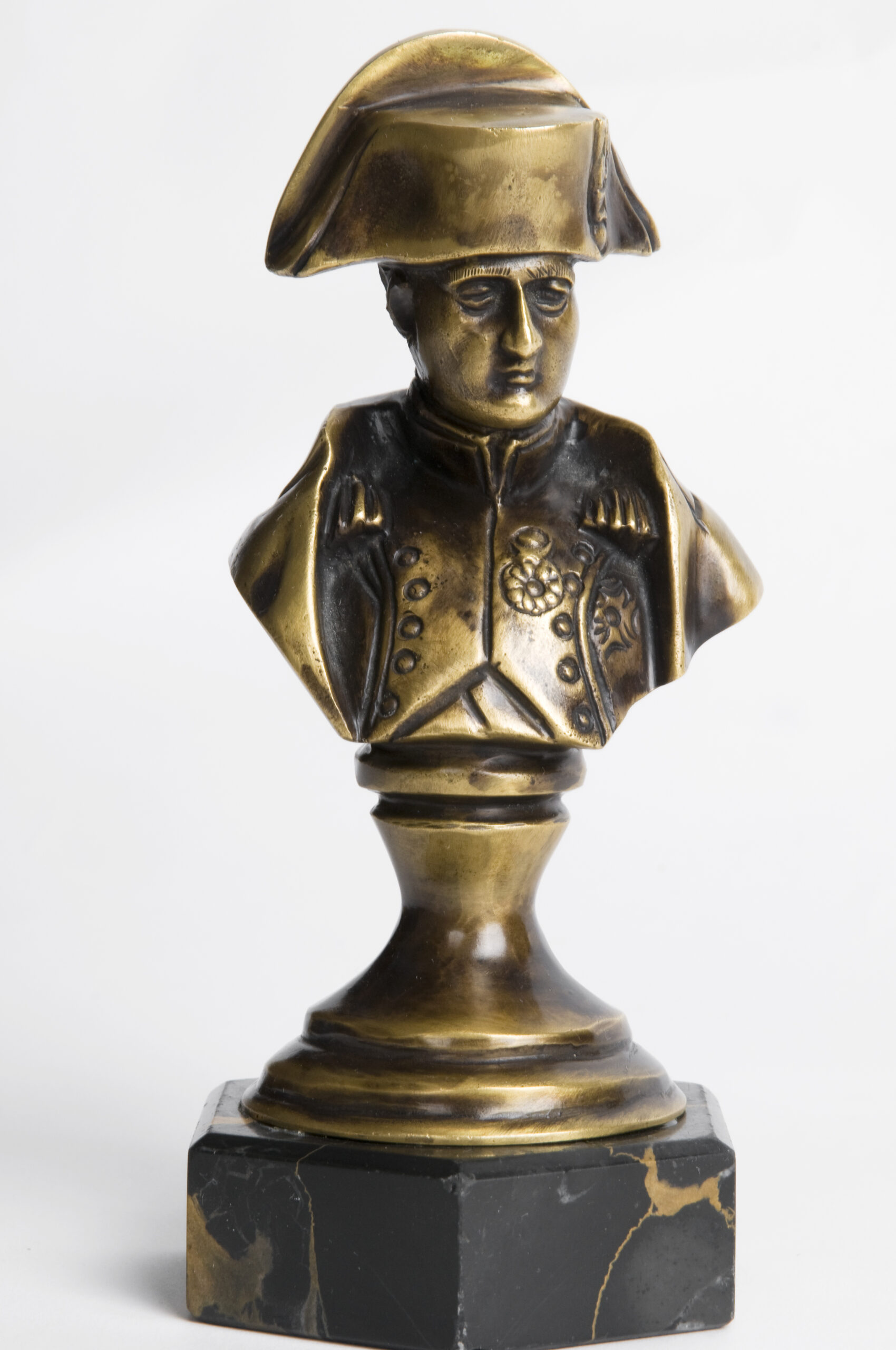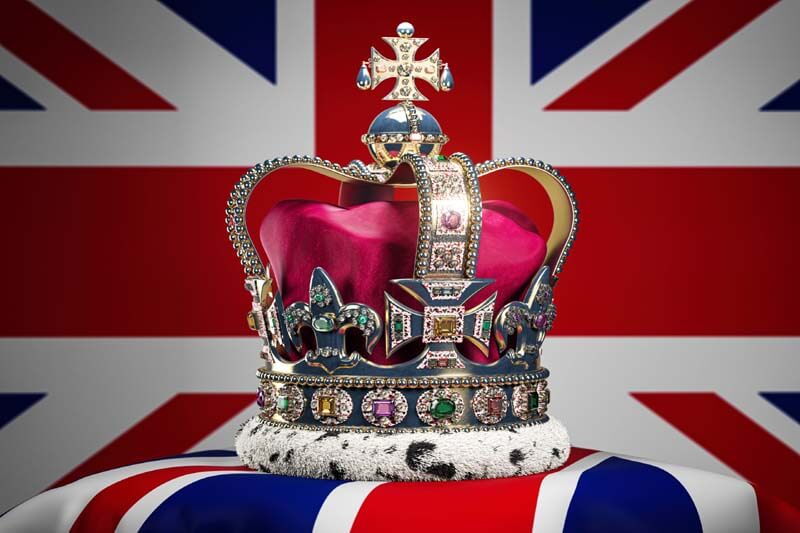For most of history, if you were the kind of person looking to commit a quick, clean, untraceable murder, you enlisted poison as your weapon of choice. In 1814, Minorcan scientist Mathieu Orfila, who is considered the Father of Toxicology, published the very first book on the study of poisons. And 22 years later, English chemist James Marsh developed the Marsh test. Here are just some of those incidents.
Emperor Claudius

There wasn’t mushroom for all that ambition. One of the Roman poisons of choice was aconite, which eventually stopped your heart.
He’d been declared Roman Emperor in 41 CE. In 48 CE, the 58-year-old emperor married his 33-year-old niece (yes, niece) Agrippina.
A year later, History Today say, he supposedly poisoned Britannicus, his step-brother/first-cousin-once-removed, for good measure.
The Borgias

Ironically, one of the family’s most infamous members was Pope Alexander VI. Alexander VI had mistresses and illegitimate children.
While Lucretia poisoned her fair share of individuals, she may have been more of a pawn for her father and husband.
Historians think some stories about the Borgias were fabricated by enemies. One said cantarella was a white powder that tasted like sugar.
Margaret Drummond

James wanted to marry Drummond in spite of other commitments. The awkward love triangle was tragically resolved in 1501.
Some said the act was a preemptive strike by Scottish nobles. The English princess would strengthen Scotland’s interests.
The three women were buried, and James IV married Margaret Tudor; their great-grandson, James, the first king of Scotland and England.
Erik XIV Of Sweden

Crowned King of Sweden in 1560, Erik XIV had a dual reputation. On the one hand, he was intelligent, well-read, and even charming.
By 1567, certain people assumed Erik had an undiagnosed mental illness. One of his dellusions made him believe that he was Duke John.
Consequently, he set his brother free. In 1577, he was murdered. Purportedly, a governor, Johan Henriksen, put poison in the former king’s pea soup.
The Affair Of The Poisons

The mistress of all scandals. In France in 1678, Louis XIV ran his court like one big popularity contest. Accordingly, his courtiers did anything to get a piece of power.
According to La Voisin, Madame de Montespan bought so-called love potions to ensure the King’s continued favor.
He dumped his mistress and had 400 people connected to the scandal banished, beheaded and imprisoned. La Voisin burned at the stake in 1680.
Blanche Taylor Moore

They say the way to someone’s heart is through their stomach. That’s also a handy way to poison them. Blanche “Black Widow” Taylor Moore proves that.
In 1986, Moore’s boyfriend, Raymond Carlton Reid Sr., was admitted to hospital with extreme dehydration, nausea, and vomiting.
While Reid was in the hospital, Moore brought him food from home, including Jell-O, banana pudding, soup, and milkshakes. She even fed him herself.
Napoleon Bonaparte

The mystery could be explained by the fact the former French Emperor was in exile on the very remote island of St. Helena.
But who, if anyone, poisoned him? Some suggest that the British monarchy was responsible. He escaped from exile under their watch, in February 1815.
Purportedly, the arsenic could have entered the air after negatively reacting to the damp conditions of tropical St. Helena. Who knew wallpaper could be deadly?
Mary Ann Cotton

She sounds like a kindly matriarch from a Charles Dickens novel, but Mary Ann Cotton, born in Durham, England, in 1852 married William Mowbray.
Robson’s mother and her last daughter with Mowbray perished soon after that. Are you seeing a pattern? Robinson did, so he kicked the woman out.
She said that he wouldn’t be an issue for long. That did not fly, and Cotton, who is thought to be Britain’s most prolific female serial killer, hung in 1873.
Charles Francis Hall

Arsenic poisoning should be the least of an arctic explorer’s concerns. Charles Francis Hall traveled to the North Pole in 1871 and encountered the poison.
At the time, the Navy ruled that Hall died of apoplexy. Historians realized the transcripts of the investigation noted that Hall had argued with the ship’s captain.
Tests showed that in the last two weeks of his life, Hall received large doses of arsenic. This doesn’t necessarily prove that he was murdered.
Grigori Rasputin

Rasputin supposedly participated in a sect of Russian Orthodox Christianity. He was deponded on because he could help her son, Alexei, with his haemophilia.
Finally, in 1916, members of the anti-Rasputin faction banded together to get rid of him. The poison failed and Yuzzupov claimed he shot his rival in the back.
Rasputin survived all of that only to drown. Interestingly, though, an autopsy listed hypothermia as Rasputin’s cause of death but found no trace of poison.
Michael Malloy And The Murder Trust

In July of 1932, four friends met in Marino’s, a Bronx speakeasy, and plotted to take out a life insurance policy on local homeless man then kill him.
After that, the men tried to poison him with rotten sardines mixed with shrapnel. That didn’t work either. Onto the next one I guess?
The court exhumed Malloy’s body. Each member of the group faced the electric chair at Sing Sing prison in 1934. Yikes, be careful next time!
Mary Frances Creighton

Allegedly, they consistently fed him chocolate pudding laced with arsenic. Ray’s body contained high amounts of the poison and managed to beat the charges.
They also may have successfully murdered John’s father in 1921 and his mother in 1920. In 1935, a woman named Ada Applegate fell ill with severe pain, vomiting.
Authorities discovered Earl and Mary conspired to kill Ada using poison mixed into eggnog. They had to deal with the consequences – electrocution at Sing Sing.
Bandō Mitsugorō VIII

Known as fugu or fuku in Japan, blowfish contain a very strong poison called tetrodotoxin. It causes numbness, paralysis, and even respiratory failure.
Chefs who want to serve fugu have to be specially licensed. And they are not supposed to serve the internal organs, where the poison is concentrated.
Apparently, Japan’s Ministry of Health estimates fugu causes up to half of the fatal food poisoning cases. Stay away from these guys!
Jonestown

In the 1950s, self-ordained minister Jim Jones started his own religious sect and called it the People’s Temple. By 1977, he had about 20,000 members.
On November 18, 1978, U.S. representative for California, Leo Ryan, brought a group to the compound to investigate claims of abuse, and Jones had them shot.
People typically assume Jones’s followers mixed their poison with Kool-Aid. However, they actually used Flavor Aid.


